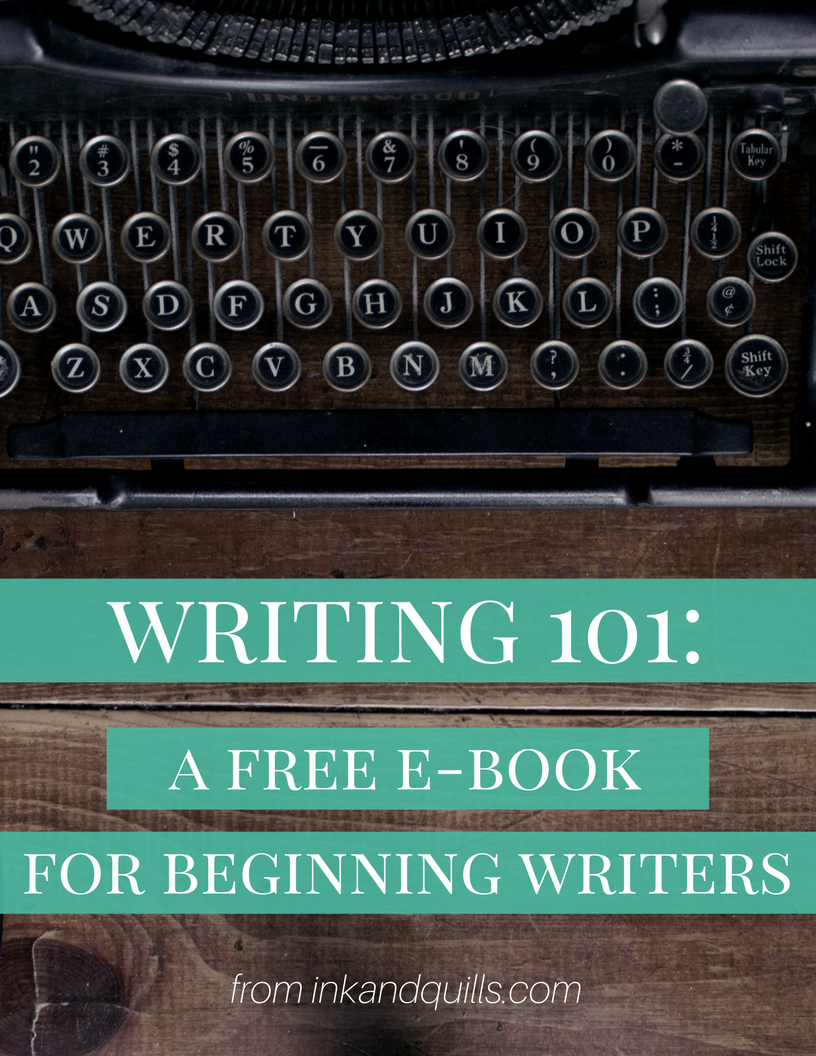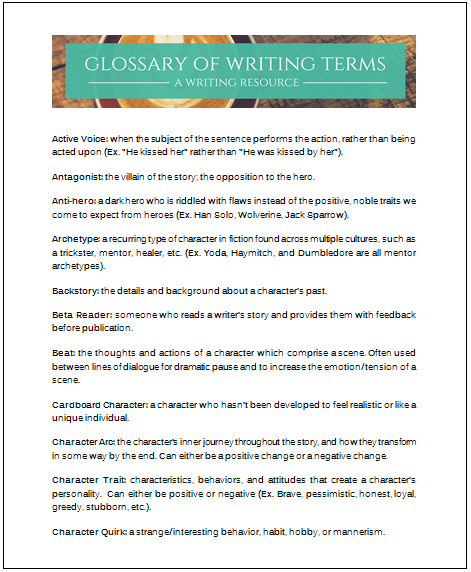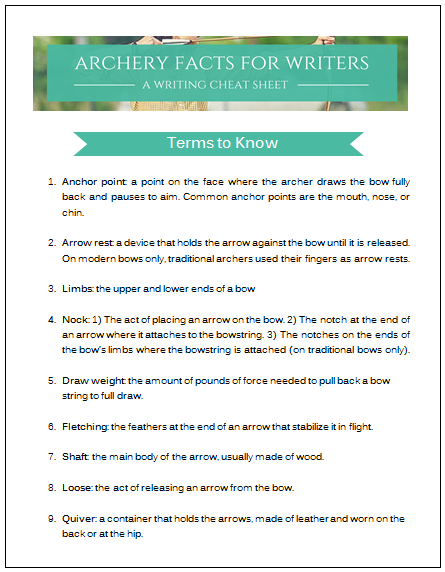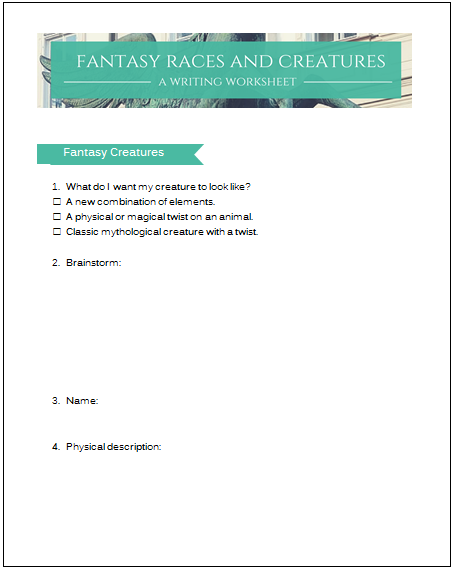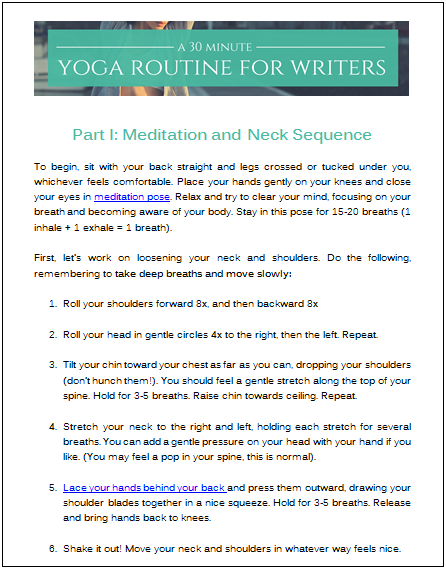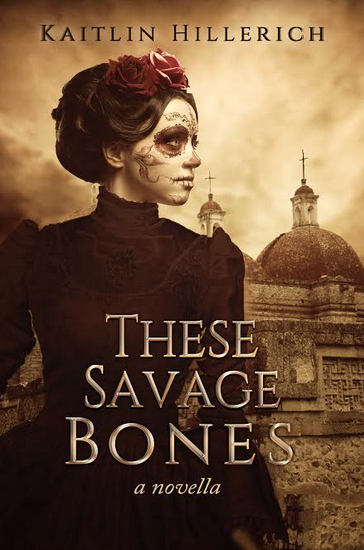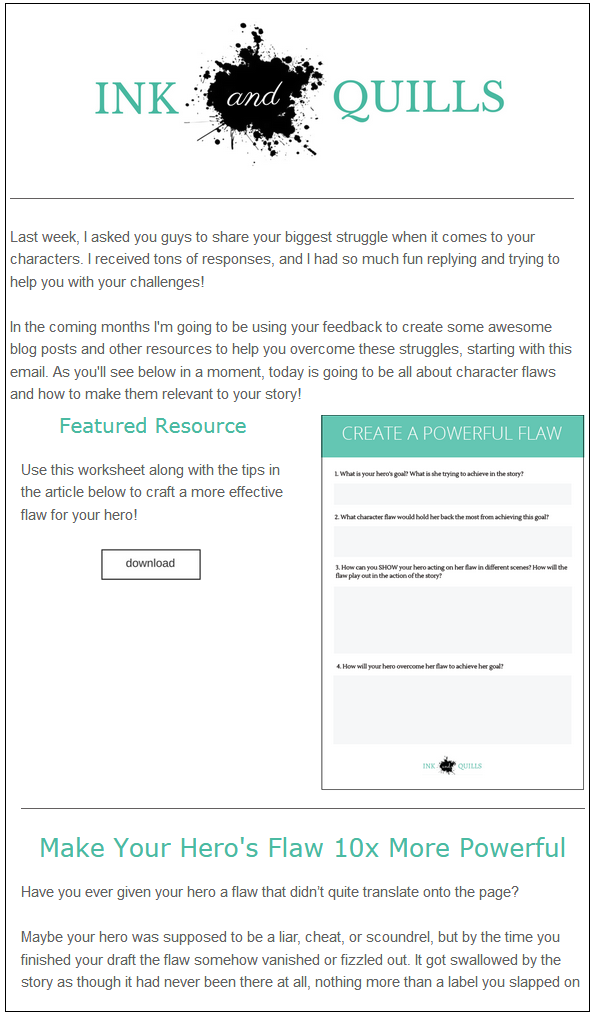 One of the best compliments I can receive for a story is when a reader tells me they couldn’t put it down.
One of the best compliments I can receive for a story is when a reader tells me they couldn’t put it down.
Because, ultimately, that’s my goal as a writer–to create a story readers enjoy so much that they get lost in it. They speed through it. They devour it.
I don’t want to put in all the work of writing a story only to fail at holding the reader’s attention. I want my story to get read and not end up abandoned and forgotten. And I feel like in today’s world with all the distractions and readers’ short attention spans, it’s more important (and challenging!) than ever to keep the reader’s attention.
So I asked myself: How can I write page-turning stories? What is it that hooks readers and gets them addicted? Why do some stories suck you in while others fail?
I unintentionally wrote a page-turner. I set out with the goal to write a darn good story, and based on the feedback I received from friends and beta readers I realized I had not just written a good story, but one they couldn’t put down. I started analyzing what I had done, the techniques I had used, and how it had all added up to a page-turner.
All of my analyzing, study, and research has resulted in my new e-book, The Page-Turner Project. My goal with this e-book is to help you learn how to write your own page-turning stories and get your readers hooked. I’m so excited to finally be sharing this e-book with you because let me tell you, it’s pretty dang epic!
Just what will you learn in this e-book?
- How to lay a strong foundation to support a page-turning story
- How to create conflict that matters, and invest readers in your story
- How to design a page-turning plot
- How to create tension on every page
- How to design chapters readers will speed through
But besides all this info, I’ve also included some other epic content. Like what, you ask? Well, I’ve included a case study of Harry Potter and the Sorcerer’s Stone that breaks down how J.K. Rowling uses tension and conflict throughout the whole book. That’s right, the whole book. Chapter by chapter, baby.
You’ll also find worksheets to help you brainstorm and lay out your own page-turning story, as well as questions to help you troubleshoot and fix boring scenes. And last but not least, I’ve included a glossary of 36 ways to create conflict and tension for when you’re feeling stuck, complete with examples from books and films.
So it’s practical information, worksheets, case study, and glossary all bundled up into one 78-page epic guide. See why I’m so excited about this book now? 😉 I’ve compiled everything I can think of to help you understand, apply and conquer the concepts you’ll learn into this e-book.
And let me tell you, this is not 78 pages of fluff. No sir, this is 18,600 words of pure, informative content. Forget waffling around, we’re going to dive right in. There’s not even an introduction (because let’s be honest, who actually reads those anyways?).
So, let me ask you: Are you ready to write a story your readers will devour? Click below to purchase your copy of the Page-Turner Project for just $12, and start learning how to design addictive fiction!






